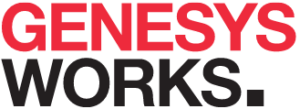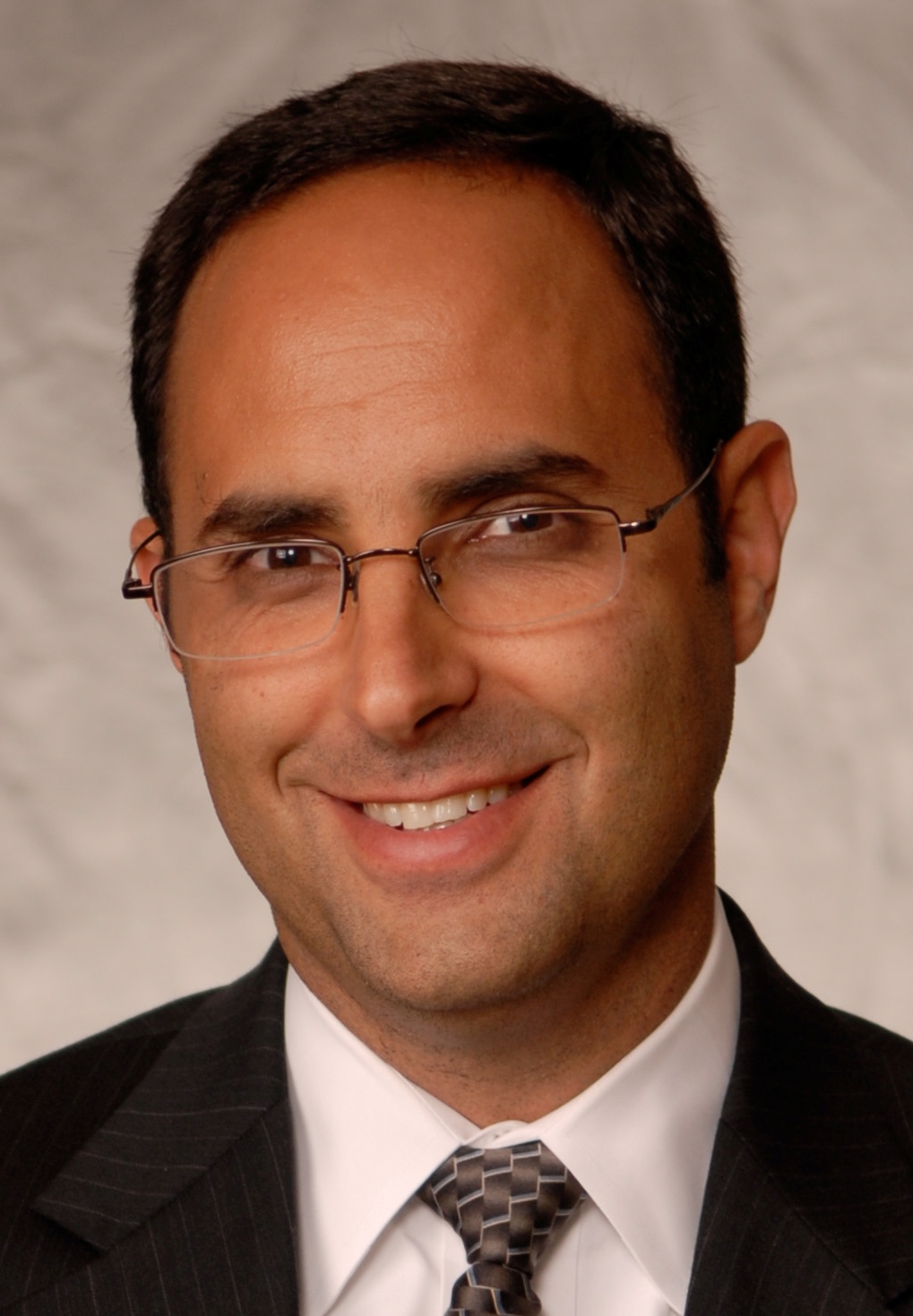
Country of origin: Mexico
Year came to U.S.: 1986
Education: BS Mechanical Engineering,Texas A&M University
and MS Engineering Management, University of Houston
Business: Genesys Works (2002)
Headquarters: Houston, TX
2021 revenue: $28.7 million
Worldwide employment: 1,703

Rafael Alvarez was named by Forbes as one of the world’s top 30 social entrepreneurs.
He left behind a successful high-tech career to help inner-city youth have a brighter future.
Biography
Rafael Alvarez, like many high-tech entrepreneurs, started out working in a large corporation when he identified an unmet need and struck out on his own to fill it. Unlike his peers, Alvarez was not interested in filling a technological need but a social need, and the corporation he founded, Genesys Works, measures its success not in customers served or dollars earned but in lives changed.
Alvarez was born in Mexico City where he lived until 1986 when he moved to Texas to go to college. After earning his master’s degree in engineering management, he worked at Compaq Computer Corporation (now HP) for 11 years. During this time, he served on the board of a charter school for students from inner-city communities where he learned that many bright students were finishing high school but still entering a lifetime of dead-end occupations. Alvarez believed that if those same students could get into professional careers, the quality of their lives would improve for the long term.
Alvarez left his corporate career to transform his belief into reality in 2002. He founded Genesys Works, a not-for-profit corporation that changes the trajectory of life for under-privileged high school students by training and employing them to work in meaningful internships at major corporations during their senior year. Through this experience, students discover they can succeed in the corporate world and go on to college twice as often as their peers who do not participate.
Under Alvarez’s guidance and vision, Genesys Works has grown from serving just 10 students in Houston in 2002 to serving nearly 4,000 students annually in five metropolitan areas: Houston, Twin Cities, Chicago, the San Francisco Bay Area, and the National Capital Region.
Updated September 2024
